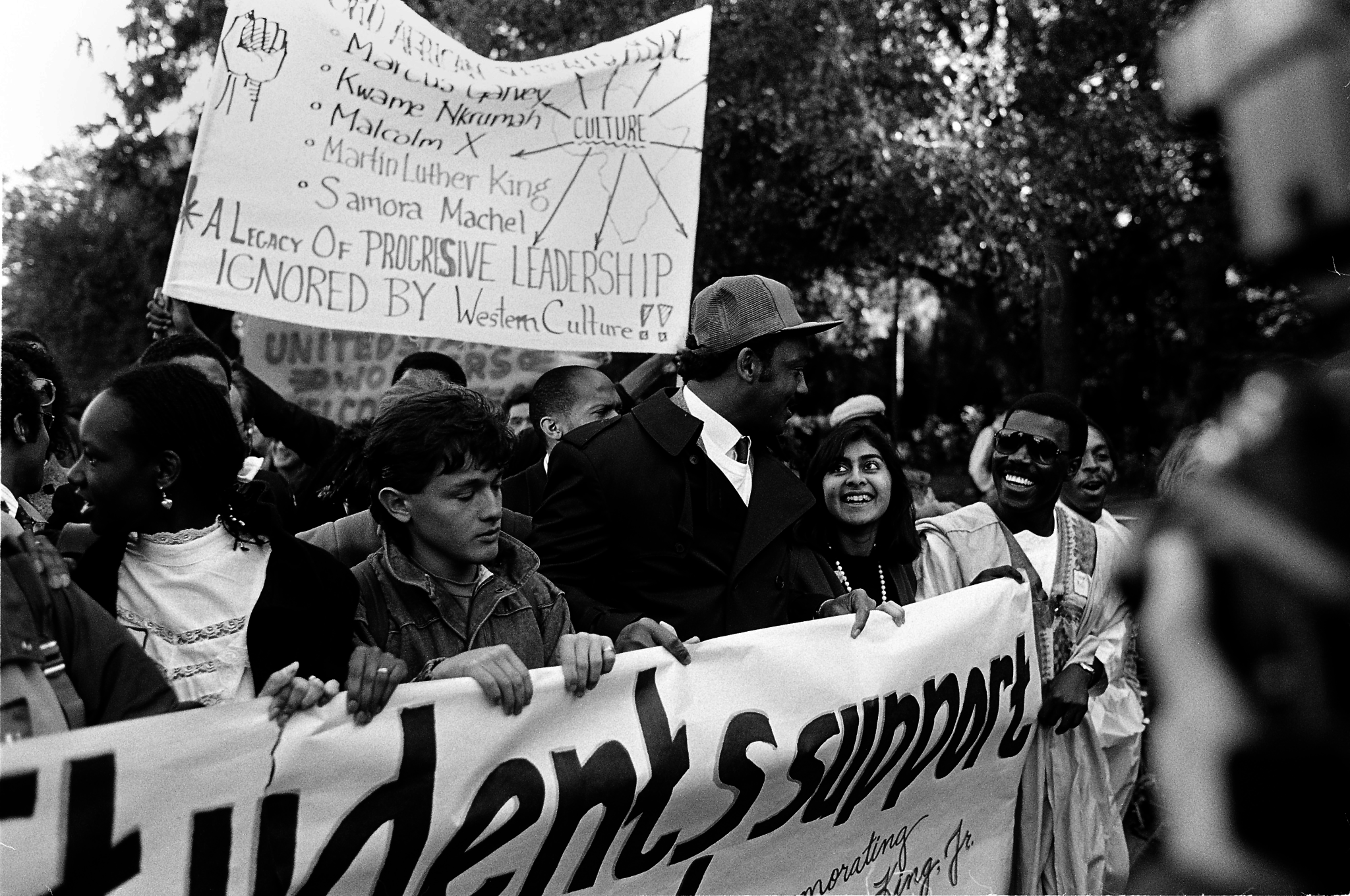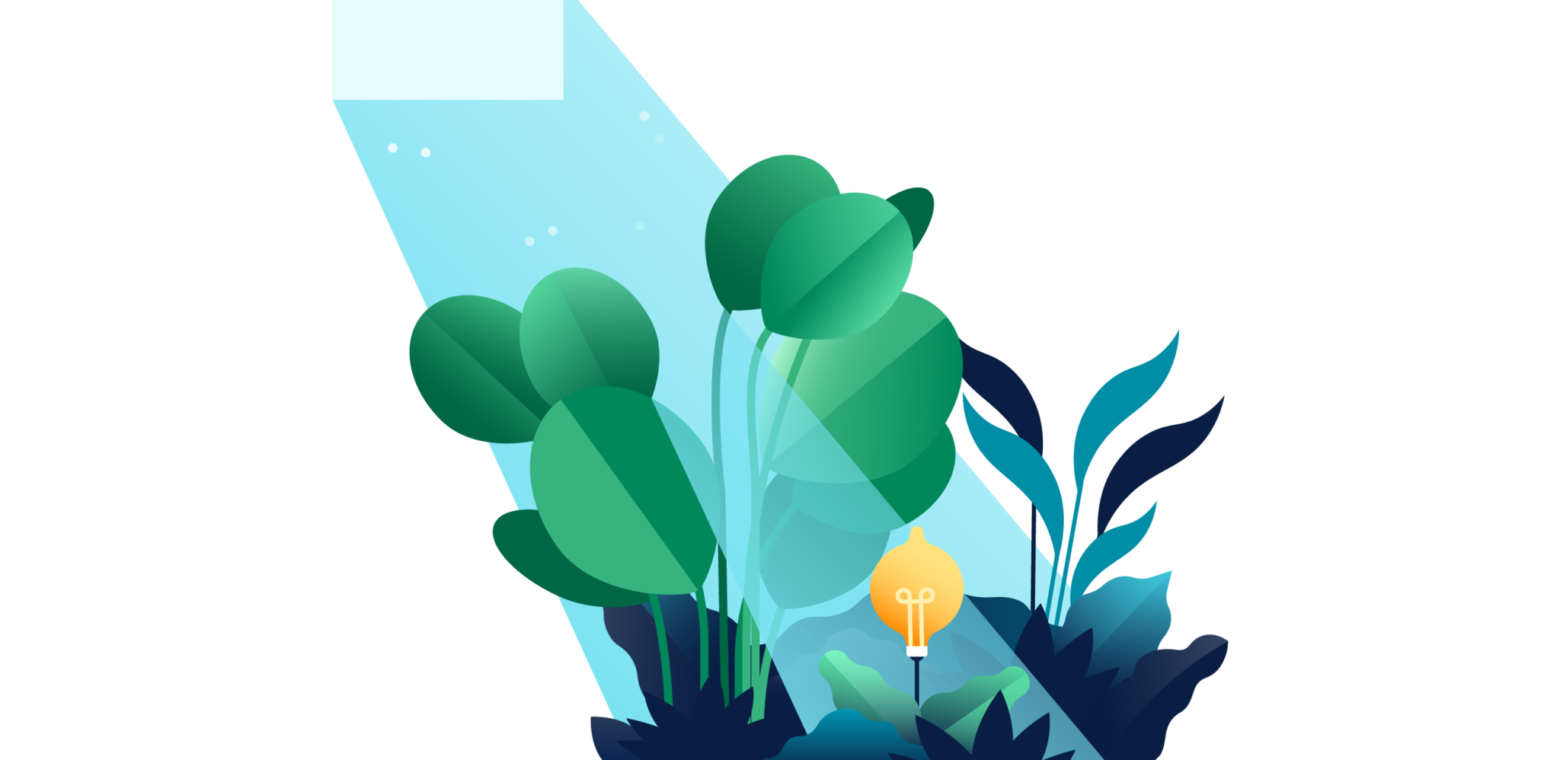Using a mental crowbar to pry my closed mind open
I used to think corporate diversity programs were bullshit. Now, I’m a converted evangelist.
I used to think corporate diversity programs were bullshit. Now, I’m a converted evangelist.
This doesn’t mean I’m any sort of expert in matters of diversity and inclusion. I’m just a white guy who went on a rocky journey from resistance to skepticism to something that resembles understanding. There are lots of people out there who are on a similar journey and come from backgrounds like mine. Maybe sharing my story will help them in some way.
It’s mostly a story of learning by making a mess out of everything.
Instead of listening, I fought back
Flashback to 1989: the height of the “political correctness” movement in universities across the United States.
The curriculum of “Western Culture” at Stanford had just been replaced by “Cultures, Ideas, and Values,” two years after a student protest led by Jesse Jackson on campus and after a decade of tension around multiculturalism.

I arrived on campus as a white teenage boy, raised in the extremely conservative, ~80% white community of Eagle River, Alaska. As a part of new student orientation sessions, we discussed the topics of race, sexual orientation, and multiculturalism (but not how to find our classes on campus, or how not to flunk out of first-year calculus). That pretty much set the tone for my year.
I felt attacked. I felt like people were saying that white people were bad. I felt like everything I had learned about history was being marginalized and trivialized. I did not hear the desire to be included. Instead, I felt like people wanted to exclude me.
Luckily, I was in an environment where ideas could be challenged. So my own thoughts and ideas were constantly challenged by others.
I did my fair share of challenging, too. Whatever the general consensus on campus was, I went the opposite way. Anti-war? I put up a military map of Iraq during the Gulf War that covered the entire surface of my dorm wall. Anti-Christmas? I bought the largest Christmas Tree possible and crammed that fire hazard into my dorm room.
Half the time, I wasn’t even representing my own beliefs. I purely did it to make other people get out of their comfort zone, in some pseudo-intellectual pursuit of truth. I liked challenging people and challenging ideas. And I liked that mine were constantly challenged.
But I wasn’t really listening. It was an intellectual exercise, not a personal one. I didn’t realize the obvious: these issues are extremely personal for people. I grew up poor, and rolled my eyes at rich kids who couldn’t understand my upbringing… but I didn’t make the effort to understand anyone else.
The early journey
Little by little, I started listening. Eventually, I understood I wasn’t being attacked. And then I started understanding a little bit more. And then changes happened.
Perhaps my biggest personal journey was around “gay rights” (yes, the phrase of the time, now, of course, LGBTI*). At age 18, I was such a giant homophobe that when a close friend came out – by way of replacing the NIN posters on his dorm room door with a big rainbow triangle – it didn’t even register at first.
Eventually, I had to resolve the conflict between my uninformed prejudice and the amazing human being was my friend. If it hadn’t been for him and other people around me, I might still be that narrow-minded today.
My personal journey kept going after college. Just a few years ago, I was highly uncomfortable (and yes, ignorant) around transgender issues. Then, a member of the Atlassian team transitioned and began publicly identifying as female. A customer who I had met as a man the year before, reached out to me as a woman.
As a leader at Atlassian, I felt a responsibility to “not screw things up” and “do the right thing.” I had no idea what the right thing was, but I asked people who could help. While they didn’t realize it, each of those people helped me grow.
On being white
Just writing that heading is deeply uncomfortable for me.
In the last year, I’ve been trying to get underneath the concept of white privilege. We cover all the basics of historical oppression in school – the easy ones six-year-olds can grasp, but never the hard cases. Last year I watched “13th” and it crushed me. I read the exceptional “Between the World and Me” and had to stop about every three pages just to process what I was reading. I’ve just finished “The Autobiography of Malcolm X,” and am convinced it should be required high school reading.
I used to say things like “race has never really been an issue for me.” Now, that claim seems comical at best. Not only was I wrong, I’ve come to understand that I have a positive role to play.
The great corporate diversity experiment
Yet, through all of that, I remained highly skeptical (like 9 of out of 10 on the scale of skepticism) about corporate diversity programs. The corporate diversity training that I experienced at a prior job was purely a cover-your-ass multiple-choice test to reduce liability. There was no genuine intent to build a better company through diversity and belonging.
At Atlassian, the meritocracy trap ensnared me hard-core. We were an intellectually honest organization, so everything’s great, right? Why would we need to think about diversity?
(Turns out, by even uttering the word “meritocracy,” I just screwed everything up – like shouting “Voldemort!” in a crowded theater. The tech industry isn’t and hasn’t ever been a meritocracy. Believing that we have a meritocracy actually makes us more biased.)
Then, nearly three years ago, I received an invitation to meet our new leader in charge of diversity programs. Honestly, I thought there could only be one outcome: I’d say something that would get me in trouble.
Obviously, this was going to be a waste of my time, except I’d now understand Atlassian’s collective-ass-covering compliance programs. Not very open-minded on my part. Thing is, by that point in my life I really wanted to make a difference. I just didn’t think a for-profit organization could be a vehicle for change.
But Aubrey, our Head of Diversity and Inclusion (who has similar opinions about check-the-box D&I programs), changed my mind in the first 30 minutes of our two hours together. Not through pressure tactics or the threat of politically correct retribution, but though data, through research, through outcomes, and through helping me see my role in making a difference.
Pressure and political correctness won’t change minds about corporate diversity programs. Data will.One of the key lessons I learned from Aubrey was how job descriptions can perpetuate bias, albeit unintentionally.
At the time, I was trying to hire a Head of Engineering for Jira, and I’d received heaps of praise on how creative and compelling it was – from Atlassians, from candidates (“You’ve described my dream job!”), and from internal and external recruiters. It was the Sistine Chapel of job descriptions. Or so I thought.
After meeting Aubrey, I re-read it and noticed all dude-bro language like “rock star” and “ninja” and “fierce.” Buried between the lines, it stated plainly “Don’t apply if you’re not a man.” That would explain the complete lack of women applicants… Well done, Bryan.
We changed the language in the job posting and voilà: women applied!
Today, Atlassian uses Textio to help us clean up gender-biased language in our job postings. It helps get us the broadest and most qualified candidates for our open roles. This is all about raising the bar, not lowering it.
So… what’s a white guy to do?
White men have an outsized impact in diversity conversations. Unfortunately, minority opinions are often discounted because “they stand to benefit.” So that means a blog post like this, from someone who has screwed things up time and time again, can have a broader impact than the story of someone who has been impacted by bias or exclusion. Tragic, but true. So we need everyone’s voices for the best possible impact.
And that’s largely the reason for this (admittedly long-winded) post. Maybe someone like me will read it and it’ll spark a productive thought or conversation that will further them along on their path.
White men need to be vocal and visible, but not high and mighty. Personally, I’ve got about 999,995 steps left to go on a million-step journey. Speaking up on this topic is intimidating, but it does get easier with practice.
“Use your privilege to be a vocal and visible ally for diversity – not high and mighty.”I want to keep learning and be a better human and friend as a result. If I’m lucky, that’ll make me a better leader, too.
So, to my fellow white guys in tech: How are you challenging yourself? What role do you want to play? Let’s grab a coffee (or beer, or post-sufferfest-bike-ride protein shake). I’d love to hear your story.
. . .
For a macro view of diversity and inclusion in tech, check out our 2018 State of Diversity Report. See what thousands of tech workers worldwide had to say about their attitudes and behaviors.










































